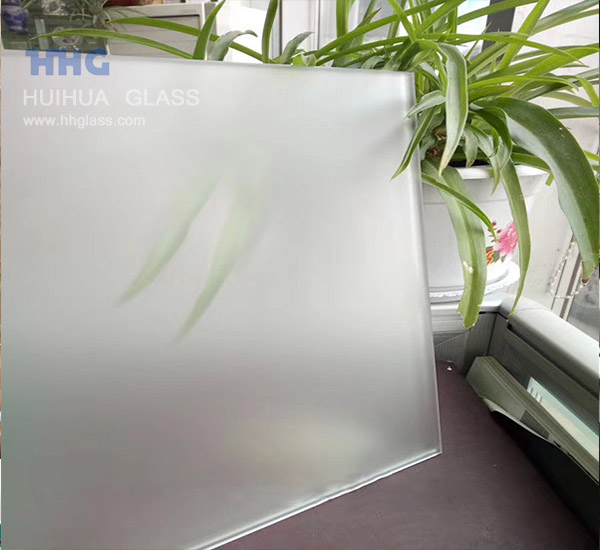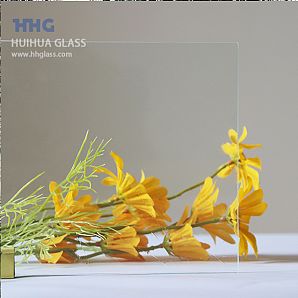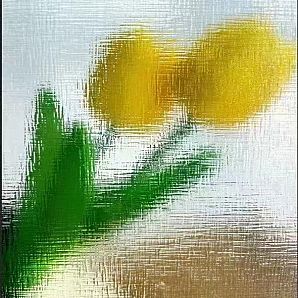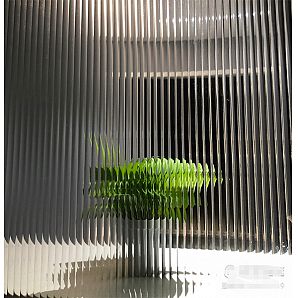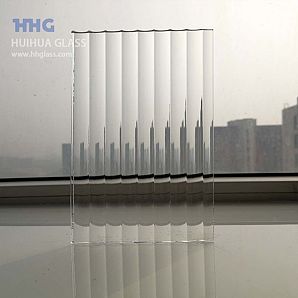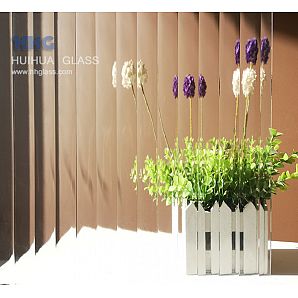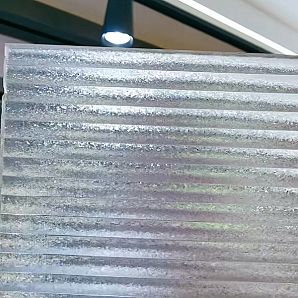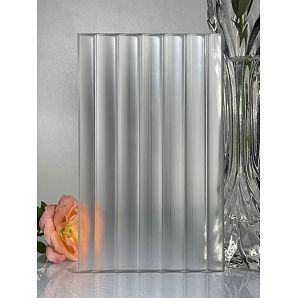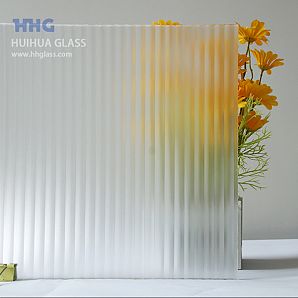Glass processing:
1. The selection of original sheets: First of all, glass processing must have original sheets. Ordinary glass processing plants do not produce original sheets. Only large glass companies produce original sheets, such as Xinyi Glass, CSG Group, etc. Only produced by large companies. The thickness of the original glass is also different. If it is to produce display glass, the thickness is generally between 1mm, 2mm, and 3mm. Because digital products have relatively high requirements for light transmission, ultra-white glass will be selected.
2. Glass size cutting: The size of the original sheet itself is very large, generally more than three meters long and two meters wide. Cutting can be said to be the first step of glass processing. The staff will calculate how to cut the original piece according to the size on the customer's drawing. This algorithm must take into account the consumed size of the glass edge behind. So there is also the term tolerance.
3. Glass edging and chamfering: the freshly cut glass will be scratched, the glass edge will be very sharp, and the customer will also require edging, but the edging can be divided into a fog edge and a bright edge. Matte edge grinding is enough, which can also reduce the cost. The polished edge is required by those customers who have high aesthetics of the glass. After edge grinding is chamfering, there are also special chamfering machines for chamfering, which can accurately pour the desired R angle through the chamfering machine.
4. Tempering: Tempering is divided into physical tempering and chemical tempering. We are talking about physical tempering here. Physical tempering is obtained by heating the glass to a certain degree in a tempering furnace and then cooling it. The hardness of the glass is strengthened after tempering. Customers will require glass toughened, so that it is safe. Tempered glass is also known as safety glass.
5. Silk screen printing: Some glass will go through this step because the customer wants to print certain patterns, company logos, etc. on the glass. There are also high-temperature silk threads and low-temperature silk screens for silk screen printing, and high-temperature silk screen printing will be carried out before tempering. The silk screen room should be relatively clean. In this way, the ink will not be mixed with impurities. The silk-screened effect will be better.
6. Cleaning and testing packaging: the rear glass must pass the inspection of the inspector before it can pass. The glass with problems will be selected, some will be invalid, and some can be under-processed. Good glass is pasted by a pasting machine and then packaged in kraft paper.
